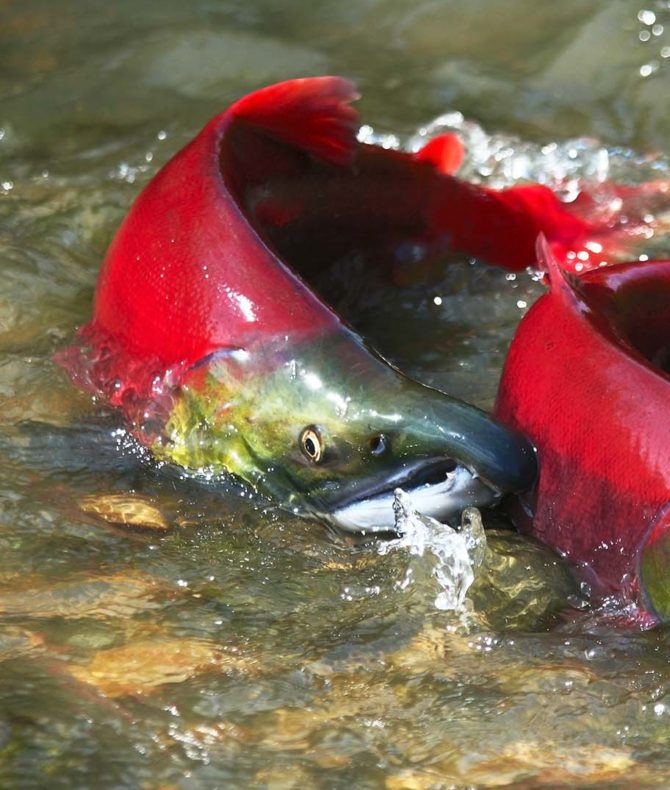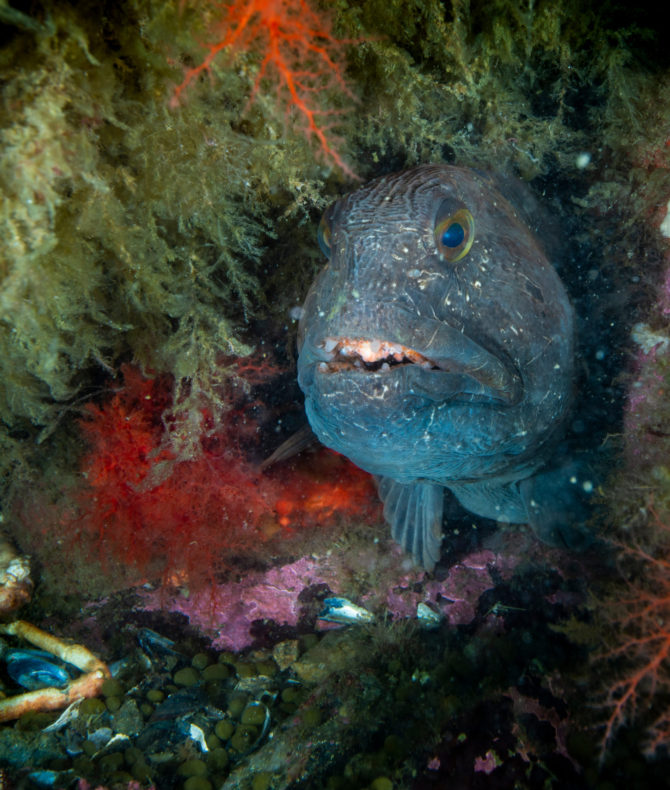About
Located within the traditional and unceded territory of the Mi’gmaq / Miꞌkmaq First Nation, the Chignecto Isthmus is a narrow strip of land that connects Nova Scotia to the rest of North America. It contains some of the most important wildlife habitats in the Maritime provinces, while also acting as a crucial land bridge that allows wildlife to freely move in and out of Nova Scotia. Vast freshwater wetlands and diverse forest communities blend with extensive beaches and coastal grasslands, creating a haven for wildlife, including many rare and threatened species.

Challenge
The Chignecto Isthmus has a long history of land use change and other human activities that have put significant pressure on the species and ecological communities that call it home. Over 20 different pressures have been identified that, collectively, present a very high risk to the regions natural and cultural heritage, including habitat loss from development, road fragmentation, and unsustainable logging practices. Without deliberate planning to conserve ecosystem connectivity, development on the Isthmus could restrict the natural movement of wildlife across this important land bridge. Given both the geographic scope and complexity of the various pressures, meaningful conservation on the Isthmus cannot be achieved by any single organization alone.
Solutions
Working with Nature Conservancy of Canada, Global Conservation Solutions is facilitating the development of a collaborative conservation plan for the Chignecto Isthmus involving more than 15 different partner organizations, including NGOs, provincial and federal government agencies, indigenous groups, and universities. By applying the Conservation Standards framework across a series of professionally facilitated workshops, the planning team has gained a shared understanding of the current health of the species and ecological communities within the Chignecto Isthmus. They are now developing meaningful and measurable goals, strategies, and objectives to track progress toward achieving a collective vision of a robust, resilient, and connected landscape that supports thriving populations of wildlife and local communities.
Results
While the development of this conservation plan is ongoing, the team has already identified a suite of solutions to conserve and restore both the natural and cultural heritage of the Chignecto Isthmus. As we continue working together over the coming months, a short list of strategies will emerge, which will be collaboratively implemented over the next decade to ensure that the Isthmus and its inhabitants are safeguarded for generations to come.




